Spider phylosymbiosis: divergence of widow spider species and their tissues' microbiomes, BMC Ecology and Evolution
Por um escritor misterioso
Last updated 13 junho 2024
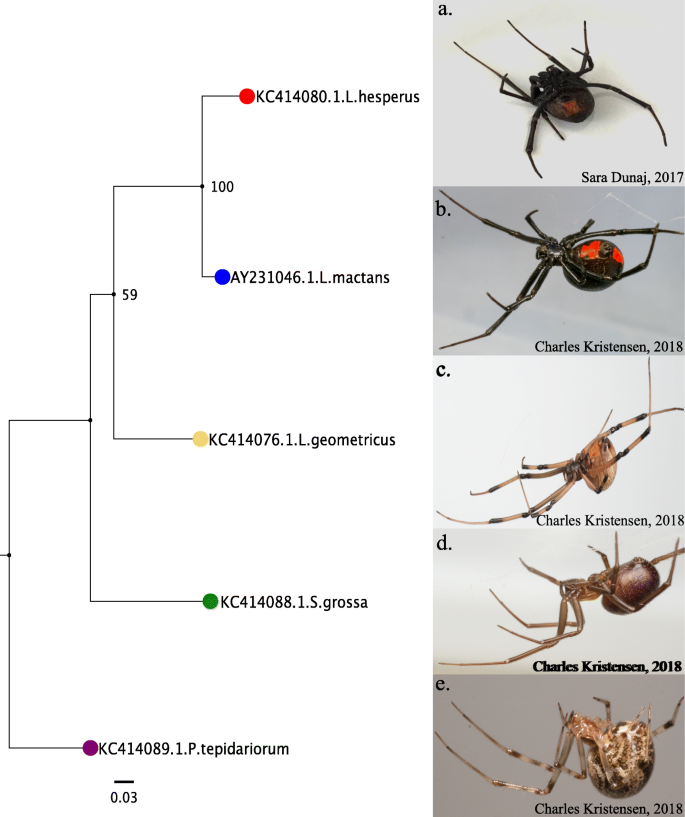
Background Microbiomes can have profound impacts on host biology and evolution, but to date, remain vastly understudied in spiders despite their unique and diverse predatory adaptations. This study evaluates closely related species of spiders and their host-microbe relationships in the context of phylosymbiosis, an eco-evolutionary pattern where the microbial community profile parallels the phylogeny of closely related host species. Using 16S rRNA gene amplicon sequencing, we characterized the microbiomes of five species with known phylogenetic relationships from the family Theridiidae, including multiple closely related widow spiders (L. hesperus, L. mactans, L. geometricus, S. grossa, and P. tepidariorum). Results We compared whole animal and tissue-specific microbiomes (cephalothorax, fat bodies, venom glands, silk glands, and ovary) in the five species to better understand the relationship between spiders and their microbial symbionts. This showed a strong congruence of the microbiome beta-diversity of the whole spiders, cephalothorax, venom glands, and silk glands when compared to their host phylogeny. Our results support phylosymbiosis in these species and across their specialized tissues. The ovary tissue microbial dendrograms also parallel the widow phylogeny, suggesting vertical transfer of species-specific bacterial symbionts. By cross-validating with RNA sequencing data obtained from the venom glands, silk glands and ovaries of L. hesperus, L. geometricus, S. grossa, and P. tepidariorum we confirmed that several microbial symbionts of interest are viably active in the host. Conclusion Together these results provide evidence that supports the importance of host-microbe interactions and the significant role microbial communities may play in the evolution and adaptation of their hosts.

PDF) Differing Dietary Nutrients and Diet-Associated Bacteria Has Limited Impact on Spider Gut Microbiota Composition

Evolutionary shifts in gene expression decoupled from gene duplication across functionally distinct spider silk glands
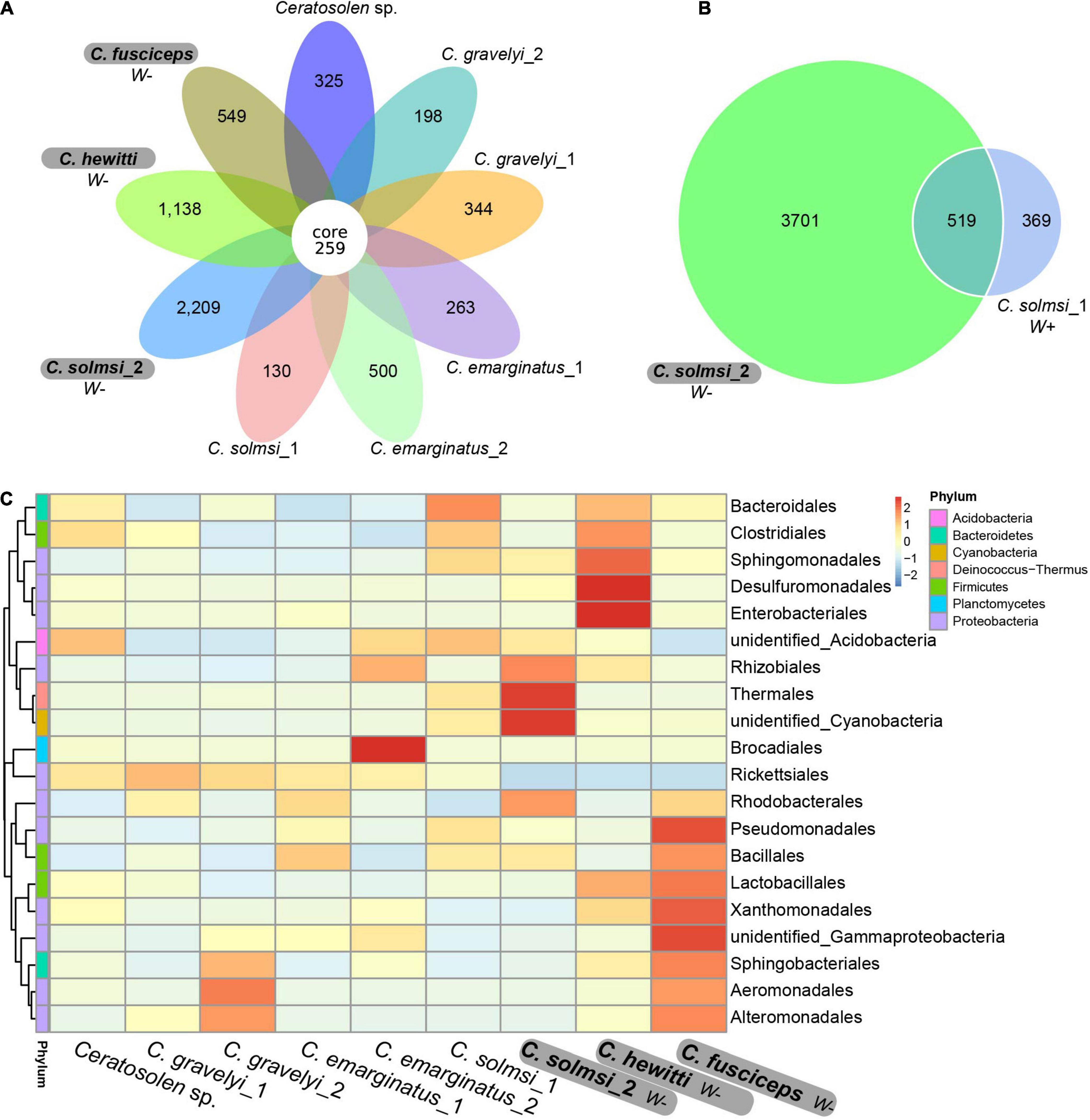
Frontiers The Phylosymbiosis Pattern Between the Fig Wasps of the Same Genus and Their Associated Microbiota
DGGE profiles for the 16S rRNA amplicons of females originating from

Relationship between average proportion of male offspring in a clutch

PDF) Differing Dietary Nutrients and Diet-Associated Bacteria Has Limited Impact on Spider Gut Microbiota Composition
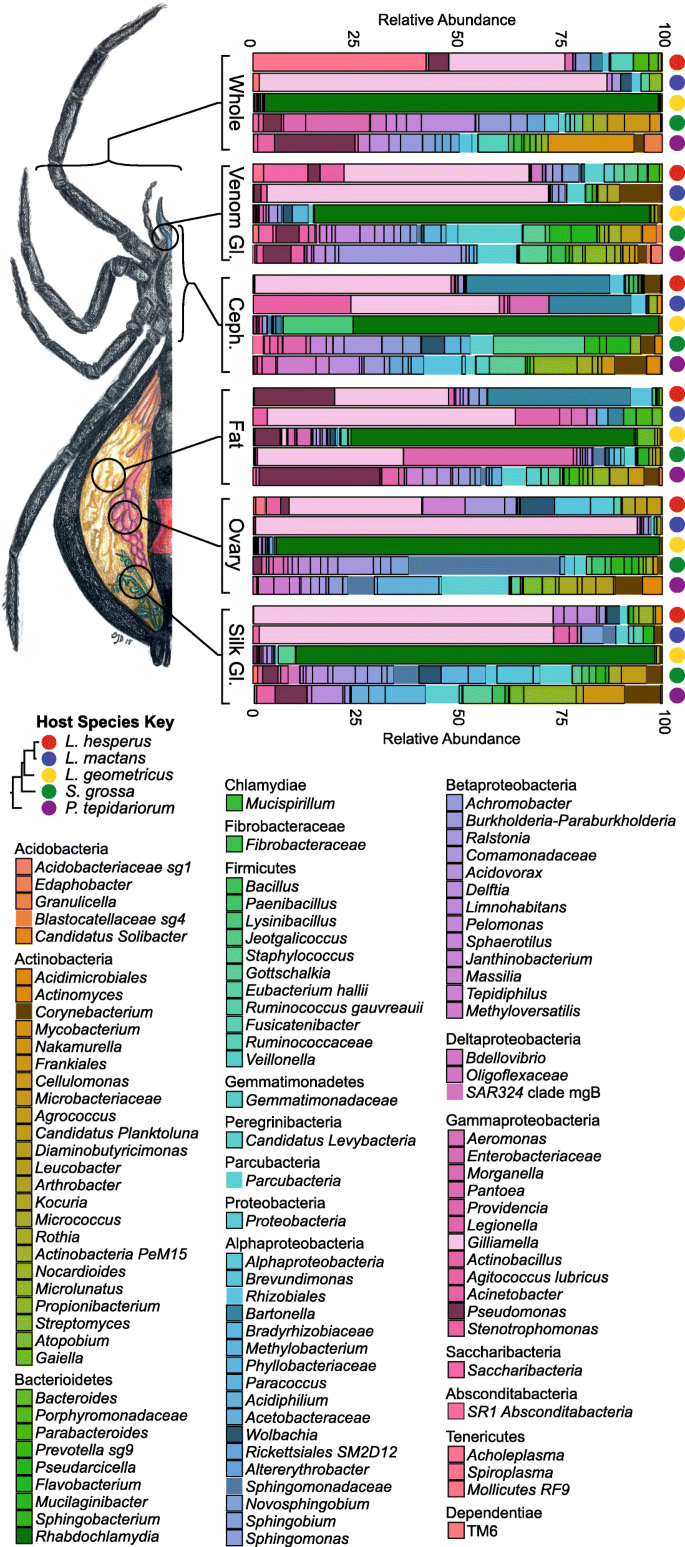
Spider phylosymbiosis: divergence of widow spider species and their tissues' microbiomes, BMC Ecology and Evolution
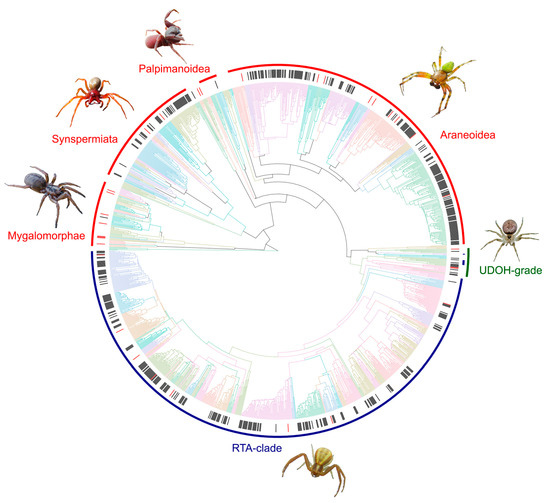
Diversity, Free Full-Text

Diversity, Free Full-Text

Systematics of the Madagascar Anelosimus spiders: remarkable local richness and endemism, and dual colonization from the Americas
Recomendado para você
-
 Spider - Wikipedia13 junho 2024
Spider - Wikipedia13 junho 2024 -
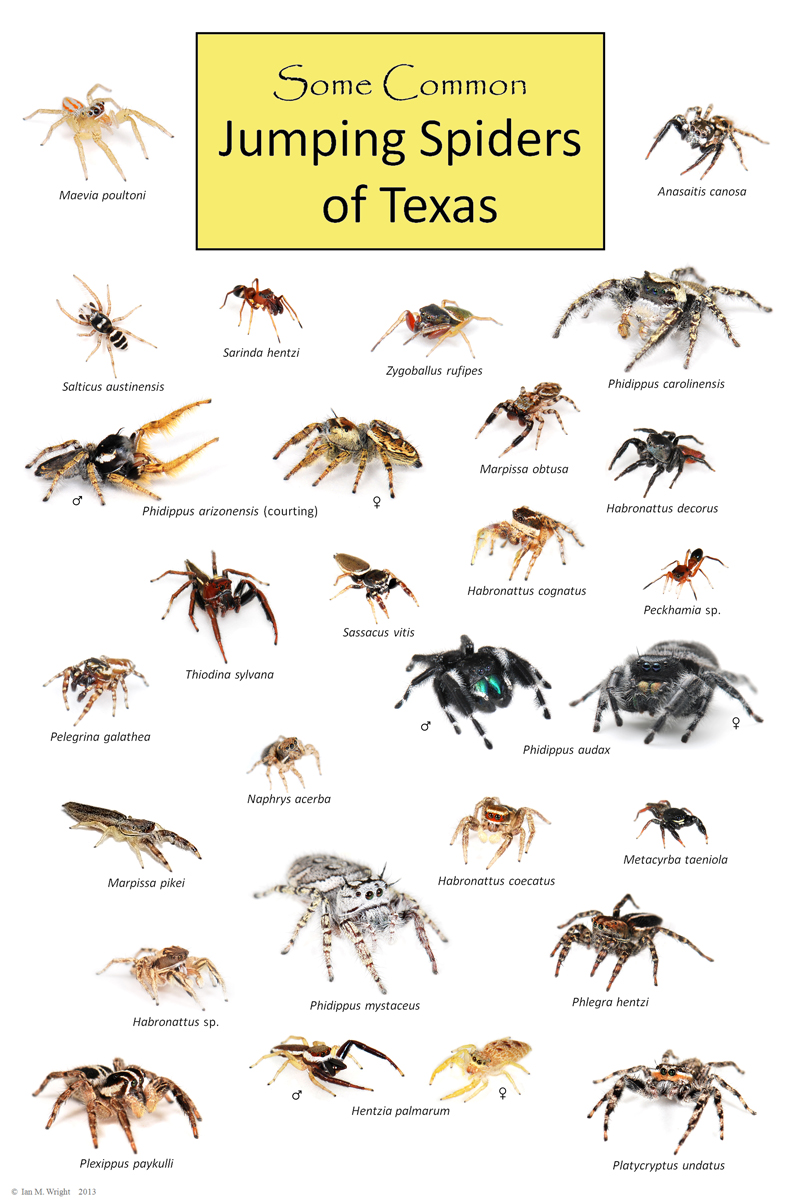 BACKYARD BIODIVERSITY: Jumping Spiders13 junho 2024
BACKYARD BIODIVERSITY: Jumping Spiders13 junho 2024 -
Scientists name new large spider species13 junho 2024
-
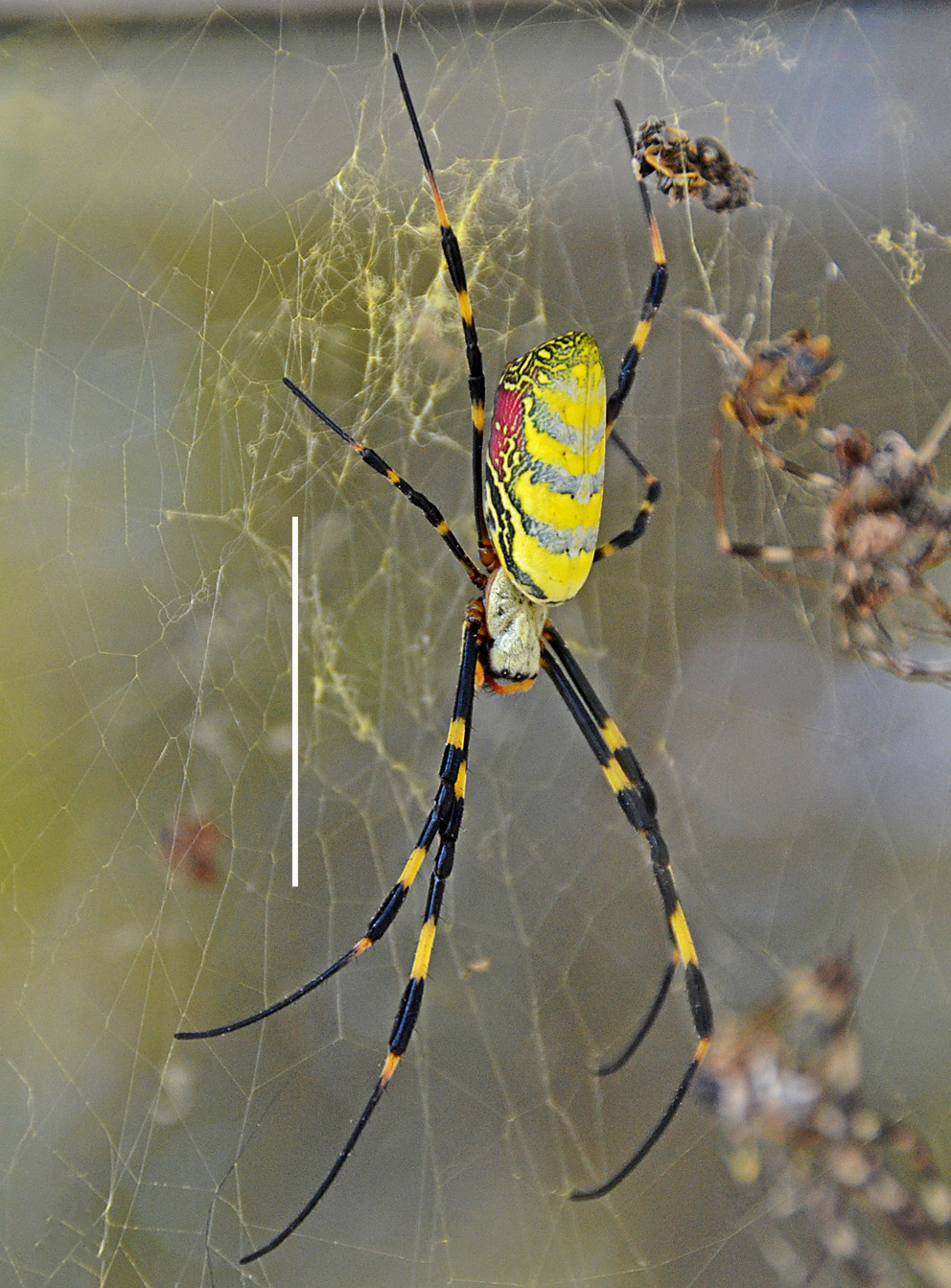 Invasive spider species makes 1st U.S. appearance13 junho 2024
Invasive spider species makes 1st U.S. appearance13 junho 2024 -
 List of common spider species of Australia - Wikipedia13 junho 2024
List of common spider species of Australia - Wikipedia13 junho 2024 -
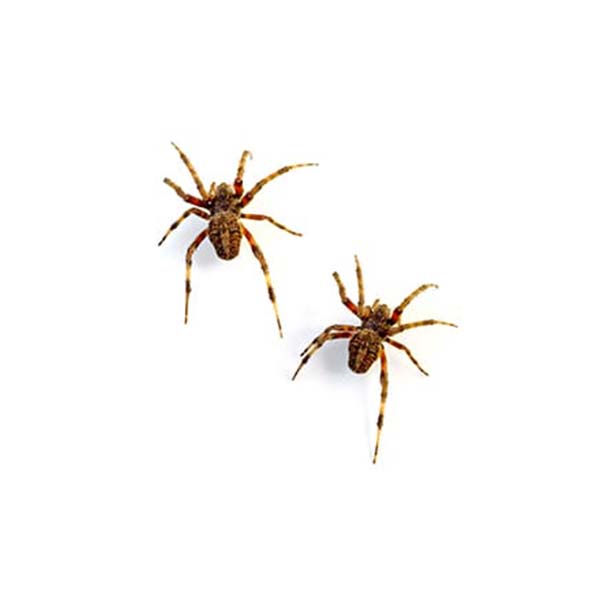 Barn Spider Identification, Habits & Behavior Active Pest Control - Pest Control and Exterminator Services13 junho 2024
Barn Spider Identification, Habits & Behavior Active Pest Control - Pest Control and Exterminator Services13 junho 2024 -
 Tiny Dancers: Meet 7 New Peacock Spider Species13 junho 2024
Tiny Dancers: Meet 7 New Peacock Spider Species13 junho 2024 -
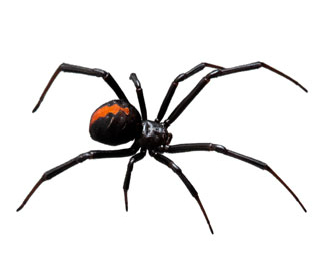 Spider Identification13 junho 2024
Spider Identification13 junho 2024 -
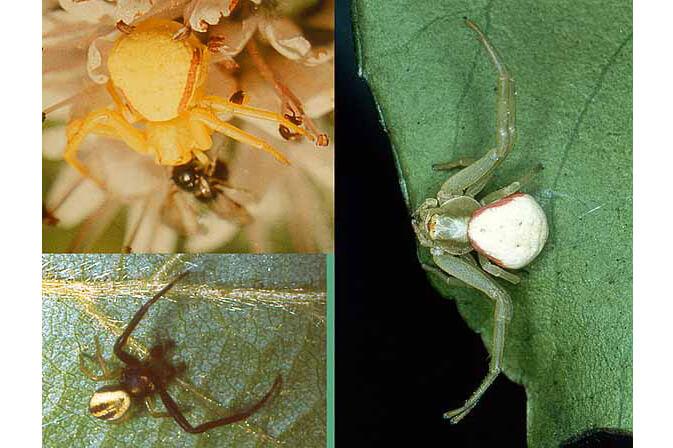 Myth: You identify spiders by markings13 junho 2024
Myth: You identify spiders by markings13 junho 2024 -
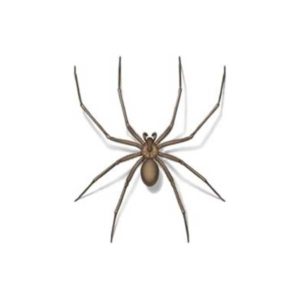 Spider Identification, Habits & Behavior13 junho 2024
Spider Identification, Habits & Behavior13 junho 2024
você pode gostar
-
 Bendy And The Ink Machine 2 Poster for Sale by RunrotChanthakh13 junho 2024
Bendy And The Ink Machine 2 Poster for Sale by RunrotChanthakh13 junho 2024 -
 Deploy a Minecraft Server through the Linode Marketplace13 junho 2024
Deploy a Minecraft Server through the Linode Marketplace13 junho 2024 -
 Lista Top 10 Melhores Casas de Apostas Esportivas 202313 junho 2024
Lista Top 10 Melhores Casas de Apostas Esportivas 202313 junho 2024 -
 Motoqueiro Fantasma Vetor PNG , Adesivo Clipart A Caveira Andando De Moto Decorada Com Desenho Animado De Chamas, Adesivo, Clipart Imagem PNG e Vetor Para Download Gratuito13 junho 2024
Motoqueiro Fantasma Vetor PNG , Adesivo Clipart A Caveira Andando De Moto Decorada Com Desenho Animado De Chamas, Adesivo, Clipart Imagem PNG e Vetor Para Download Gratuito13 junho 2024 -
 Here's what the Big Three anime do the best and the worst13 junho 2024
Here's what the Big Three anime do the best and the worst13 junho 2024 -
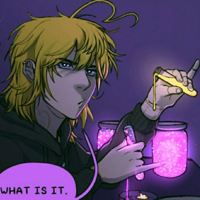 William Afton / Dave Miller MBTI Personality Type: ENTJ or ENTP?13 junho 2024
William Afton / Dave Miller MBTI Personality Type: ENTJ or ENTP?13 junho 2024 -
Samsung TV Plus Expands Its Sports Offering With FIFA+ as the FIFA13 junho 2024
-
 Hunter x Hunter Hisoka face tattoo anime face mask (requested13 junho 2024
Hunter x Hunter Hisoka face tattoo anime face mask (requested13 junho 2024 -
 File:Grand Blue ch 28.png - Anime Bath Scene Wiki13 junho 2024
File:Grand Blue ch 28.png - Anime Bath Scene Wiki13 junho 2024 -
 foto de roblox masculino para colocar no perfil13 junho 2024
foto de roblox masculino para colocar no perfil13 junho 2024
/cloudfront-us-east-1.images.arcpublishing.com/gray/FD6I43F3XFBPFAYJLILCDQY2JI.PNG)